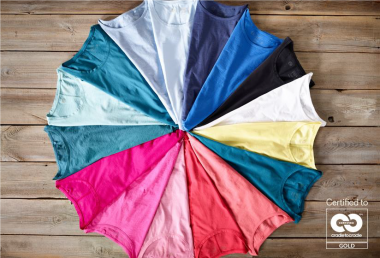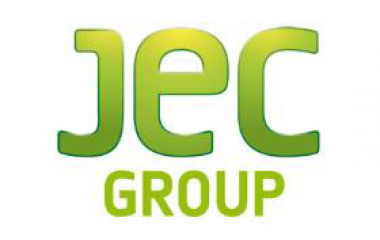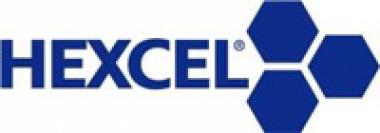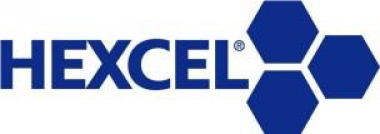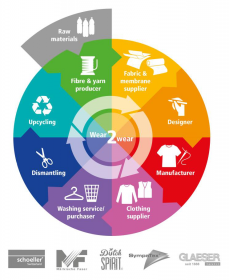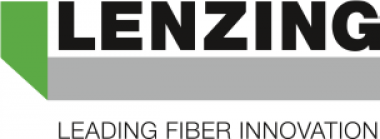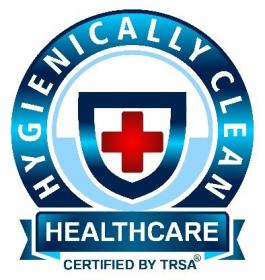DyStar supports circular economy initiative in apparel sector
C&A, one of Europe’s leading Fashion retailers has recently launched in its stores in 18 European markets the world’s first Cradle to Cradle CertifiedTM Gold products. These recyclable t-shirts are made of 100% organic cotton, with safe materials and chemicals and produced in a socially and environmentally responsible way. They have been certified at gold level by the Cradle-to Cradle Product Innovation Institute (C2CPII). The dyes used in the coloration of the shirts, which are available in two styles and 17 colors, were selected from the range of DyStar Levafix® and Remazol® reactive dyes which received C2C Gold Level certification for Material Health from C2CPII in 2016.
With a selection of apparel dyes for the fashion industry awarded a Gold-level Material Health Certificate, the DyStar Group strives to be part of a more sustainable future and growing a circular economy as well as reaffirms its commitment to environmental and human health. The styles were developed in close partnership with Fashion for Good. Created with funds granted by founding partner C&A Foundation, Fashion for Good is a global partnership that unites apparel producers, retailers, non-profit organizations, innovators and funders in the shared ambition to transform the apparel industry into a circular one.
DyStar, C&A, Fashion
DyStar Singapore Pte Ltd


